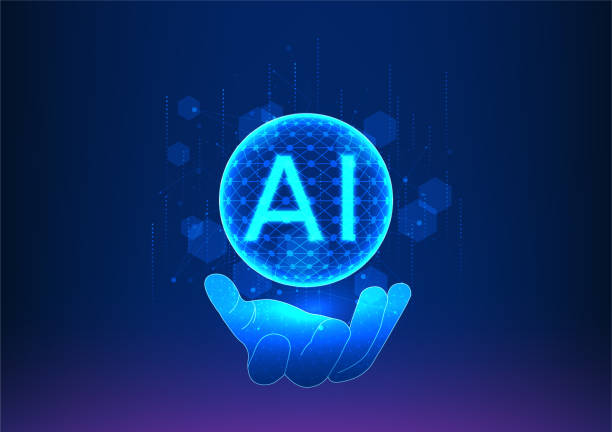What is On-Page SEO and why is it important?
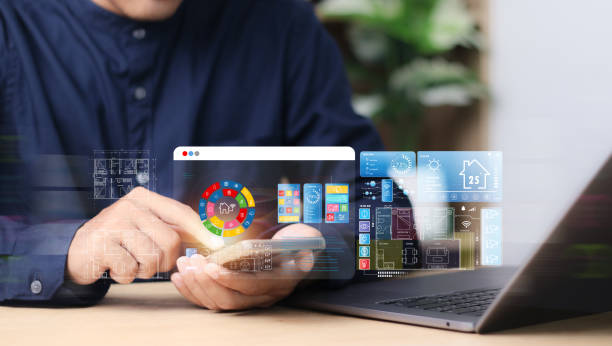
On-Page SEO, also known as On-Page SEO, refers to a set of techniques and actions performed within your website to improve its ranking in search engines like Google.
These actions include optimizing content, website structure, HTML tags, and other elements that help search engines better understand your content.
The importance of #OnPageSEO stems from the fact that without it, even the best content may not be visible in search results.
The importance of #OnPageSEO can be summarized in several key aspects:
- Improved Search Ranking On-Page SEO helps you optimize your website for relevant keywords and achieve a better ranking in search results.
- Increased Organic Traffic By improving rankings, your website’s organic traffic increases, which is usually of higher quality and more targeted.
- Enhanced User Experience On-Page SEO includes improving website speed, responsive design, and creating a logical structure that enhances user experience.
- Higher Conversion Rates By attracting targeted traffic and improving user experience, the conversion rate (converting visitors into customers) increases.
Consequently, investing in On-Page SEO is a necessity for any business that wants to succeed in the online world.
Search Engine Optimization with the help of On-Page SEO is vital.
Don’t have a corporate website yet and missing out on online opportunities? With professional corporate website design by Rasawab,
✅ Double your business credibility
✅ Attract new customers
⚡ Free consultation for your corporate website!
Keyword Research for On-Page SEO
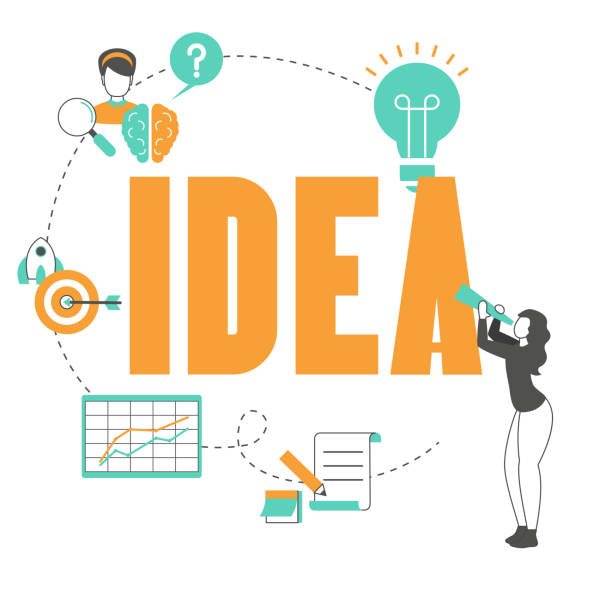
Keyword research is one of the most important steps in On-Page SEO.
The goal of this step is to identify the words that users use to search for your products or services.
These keywords should be relevant, high-volume, and low-competition.
Various tools are available for keyword research, including Google Keyword Planner, Ahrefs, SEMrush, and Moz Keyword Explorer.
Steps of keyword research
- Identify Main Topics First, determine the main topics related to your business.
For example, if you have an online clothing store, the main topics could include “women’s clothing,” “men’s clothing,” “children’s clothing,” etc. - Create an Initial Keyword List For each main topic, prepare a list of relevant keywords.
Use your own brainstorming and suggestions from keyword research tools. - Use Keyword Research Tools Use the mentioned tools to check search volume, competition level, and related keywords.
- Select Target Keywords Based on the gathered data, choose your target keywords.
These keywords should have suitable search volume and low competition. - Organize Keywords Organize your keywords based on main topics and create a target page for each topic.
By conducting thorough keyword research, you can more effectively implement your website’s On-Page SEO and attract more organic traffic.
Proper use of keywords in content and tags strengthens On-Page SEO.
On-Page SEO plays a significant role in attracting targeted audiences.
Optimizing Title and Meta Description

Title and meta descriptions are two important elements in On-Page SEO that are displayed in search results.
The title should be engaging, relevant, and include the main keyword.
The title length should be between 50 and 60 characters to be fully displayed in search results.
The meta description should be a summary of the page’s content and encourage users to click.
The meta description length should be between 150 and 160 characters.
Important tips for optimizing title and meta description
- Use the Main Keyword Include the main keyword in the title and meta description.
- Create Engaging Titles and Descriptions Titles and descriptions should be designed to attract user attention and encourage them to click.
- Uniqueness Each page should have a unique title and meta description.
Using duplicate titles and descriptions can harm your website’s ranking. - Relevance Titles and descriptions should be relevant to the page’s content.
- Appropriate Length Keep the length of titles and descriptions within the specified range to be fully displayed in search results.
Optimizing titles and meta descriptions is an important step in On-Page SEO that can help increase click-through rates and attract organic traffic.
These two elements are the first thing users see in search results, so they should be optimized carefully.
On-Page SEO can have a significant impact by optimizing these elements.
| Element | Description | Appropriate Length |
|---|---|---|
| Title | The page title displayed in search results. | 50-60 characters |
| Meta Description | A summary of the page content displayed in search results. | 150-160 characters |
Content Optimization for On-Page SEO
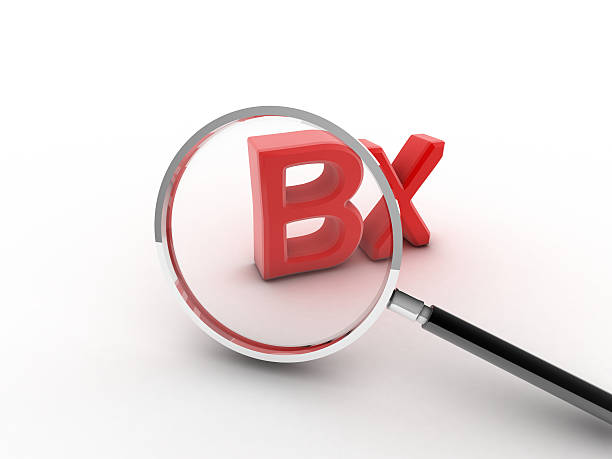
Content optimization is one of the most important aspects of On-Page SEO.
Your content should be valuable, relevant, unique, and readable.
It should also be properly optimized for target keywords.
Using keywords in titles, subheadings, main text, and images can help improve your website’s ranking.
Important tips for content optimization
- Provide Valuable and Relevant Content Your content should be useful and relevant to users.
Providing accurate and up-to-date information can help increase your website’s credibility. - Use Keywords Naturally Use keywords naturally in your content without overdoing it.
Overuse of keywords can harm your website’s ranking. - Create Unique Content Your content should be unique, and you should avoid copying content from others.
Copied content can harm your website’s ranking. - Optimize Images Optimize images using alt tags and relevant file names.
The alt tag should be descriptive of the image and include the main keyword. - Use Internal and External Links Internal links to other pages on your website and external links to reputable websites can help improve On-Page SEO.
Content optimization is an ongoing process that requires review and updates.
By providing high-quality and optimized content, you can attract more organic traffic and improve your website’s ranking.
Successful On-Page SEO requires high-quality content.
Are you concerned about low conversion rates on your e-commerce site and not achieving your desired sales?
Rasawab is your specialized solution for a successful e-commerce website.
✅ Significant increase in conversion rates and sales
✅ Professional and user-friendly design to satisfy customers
⚡ Ready for a transformation in online sales? Get a free consultation!
Optimizing URL Structure

URL structure is another important factor in On-Page SEO.
Your URLs should be short, descriptive, and include the main keyword.
Using hyphens (-) to separate words in the URL is recommended.
Avoid using uppercase letters, numbers, and special characters in your URL.
Important tips for optimizing URL structure
- Use the Main Keyword Include the main keyword in the URL.
- Short URLs Your URLs should be short and understandable.
- Descriptive URLs URLs should be descriptive of the page’s content.
- Use Hyphens Use hyphens (-) to separate words in the URL.
- Avoid Uppercase Letters and Special Characters Avoid using uppercase letters, numbers, and special characters in the URL.
An optimized URL structure can help search engines better understand your content and improve your website’s ranking.
Additionally, optimized URLs can help users understand what’s on the page even before they click on it.
On-Page SEO with optimized URLs helps attract an audience.
Image Optimization for On-Page SEO
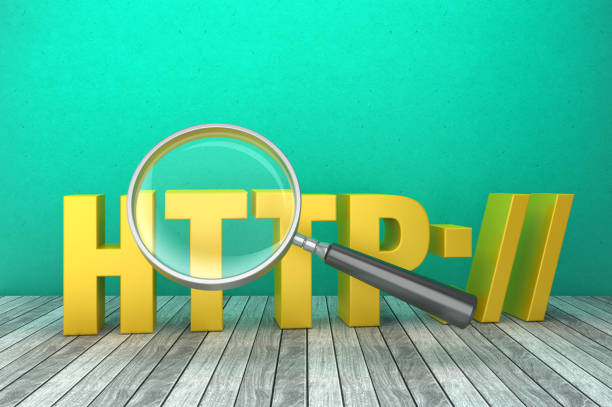
Image optimization plays a significant role in On-Page SEO.
Optimized images can help improve website speed, user experience, and ranking in search results.
To optimize images, you should use alt tags, relevant file names, and image compression.
Important tips for image optimization
- Use Alt Tags The alt tag should be descriptive of the image and include the main keyword.
Alt tags help search engines understand the image. - Relevant File Names The image file name should be relevant to the image’s content and include the main keyword.
- Compress Images Compress images before uploading them to reduce their size and increase website speed.
- Choose Appropriate Format Use appropriate formats for images.
JPEG format is suitable for photos, and PNG format is suitable for high-quality images. - Use Image Sitemaps Create a sitemap for your images and submit it to Google.
By optimizing images, you can improve your website’s On-Page SEO and attract more traffic.
On-Page SEO with optimized images helps users better understand the content.
Using appropriate alt tags increases the impact of On-Page SEO.
Website Speed Optimization
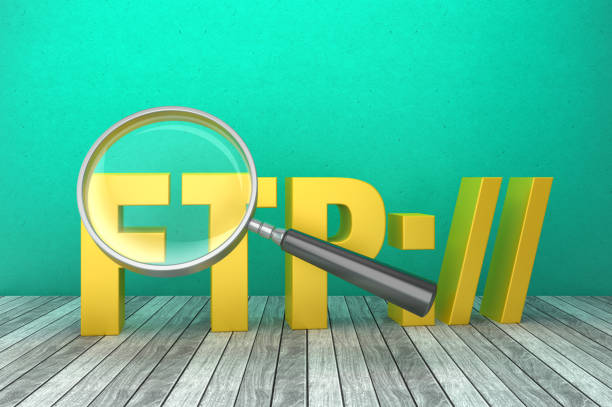
Website speed is an important factor in On-Page SEO and user experience.
Websites that load quickly have a better ranking in search results and attract more users.
To optimize website speed, you should use image compression, caching, CDN, and reduce HTTP requests.
Important tips for website speed optimization
- Compress Images Compress images before uploading them to reduce their size.
- Caching Use caching to store static files of your website.
- CDN Use a CDN (Content Delivery Network) to distribute your website’s content worldwide.
- Reduce HTTP Requests Reduce the number of HTTP requests.
- Optimize Code Optimize your website’s code and avoid unnecessary code.
Website speed optimization is an ongoing process that requires review and updates.
By optimizing website speed, you can improve user experience and increase your website’s ranking in search results.
On-Page SEO with high speed provides a better user experience.
| Method | Description | Advantages |
|---|---|---|
| Image Compression | Reduces image size without compromising quality | Increases page loading speed |
| Caching | Stores static files in the cache | Reduces page loading time for returning visitors |
| CDN | Distributes content across various servers worldwide | Increases page loading speed for users in different regions |
Using Internal Links

Internal links play an important role in On-Page SEO.
Internal links help search engines understand your website’s structure and find relevant content.
Additionally, internal links help users easily navigate your website and find the content they are looking for.
Important tips for using internal links
- Link to Relevant Pages Create links to pages that are relevant to the current page’s content.
- Use Appropriate Anchor Text Use appropriate anchor text to describe the destination page.
- Appropriate Number of Links The number of internal links on each page should be appropriate.
Avoid over-linking. - Link to Important Pages Link to important pages on your website.
- Keep Links Up-to-Date Keep internal links up-to-date and remove broken links.
By using appropriate internal links, you can improve your website’s On-Page SEO and enhance user experience.
Internal links help Google bots better index website pages.
On-Page SEO with internal linking helps improve site ranking.
Did you know that 94% of the first impression of a company is related to its website design?
Rasawab, by providing professional corporate website design services, helps you create the best first impression.
✅ Create a professional and trustworthy image for your brand
✅ Easier attraction of potential customers and improved online presence
⚡ Get a free consultation for corporate website design
Creating a Sitemap

A sitemap is an XML file that includes a list of all pages on your website.
A sitemap helps search engines find all pages on your website and index them correctly.
Creating a sitemap is one of the important actions in On-Page SEO.
Important tips for creating a sitemap
- Create an XML Sitemap Create your sitemap in XML format.
- Include All Pages The sitemap should include all pages of your website.
- Keep Sitemap Up-to-Date Keep the sitemap up-to-date and add new pages to it.
- Submit Sitemap to Search Engines Submit your sitemap to Google and other search engines.
- Use Sitemap Creation Tools Use sitemap creation tools to create and update your sitemap.
By creating and submitting a sitemap, you can help search engines correctly index your website and improve your website’s ranking.
A sitemap is an important tool in On-Page SEO that helps improve your website’s visibility in search results.
On-Page SEO with a sitemap ensures that all site pages are indexed.
Continuous Review and Improvement of On-Page SEO
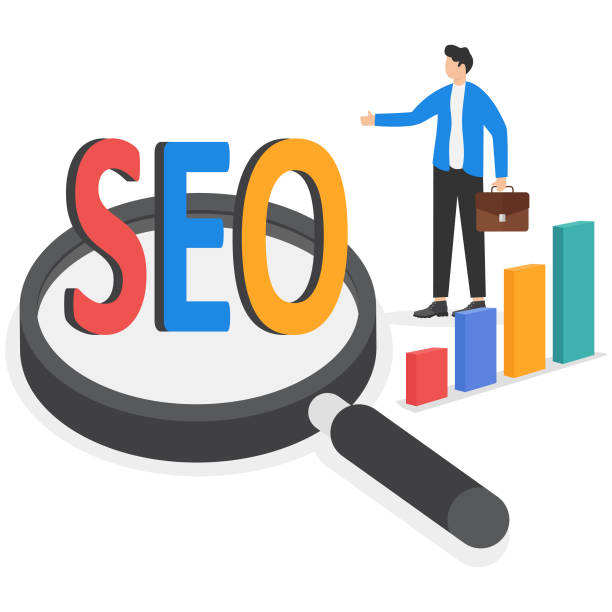
On-Page SEO is an ongoing process that requires continuous review and improvement.
You should regularly check your website’s performance and identify weaknesses.
Then, you should take the necessary steps to improve your website’s On-Page SEO.
Important tips for continuous review and improvement of On-Page SEO
- Use Web Analytics Tools Use web analytics tools like Google Analytics and Google Search Console to monitor your website’s performance.
- Check Keyword Rankings Monitor your keyword rankings in search results.
- Monitor Organic Traffic Monitor your website’s organic traffic.
- Identify Underperforming Pages Identify pages that are performing poorly and optimize them.
- Update Content Regularly update your website’s content.
By continuously reviewing and improving On-Page SEO, you can improve your website’s ranking in search results and attract more organic traffic.
On-Page SEO is an ongoing process and requires continuous attention and effort.
On-Page SEO, with regular review, helps improve website performance.
Continuous website optimization and attention to On-Page SEO ensure that your On-Page SEO is in good shape.
Frequently Asked Questions
| No. | Question | Answer |
|---|---|---|
| 1 | What is On-Page SEO? | On-Page SEO refers to a set of actions taken within a website to optimize its pages and achieve a better ranking in search results. |
| 2 | What is the most important factor in On-Page SEO? | High-quality, relevant, and comprehensive content that meets user needs is the most important factor in On-Page SEO. |
| 3 | What role does the Title Tag play in On-Page SEO? | The title tag is one of the most important factors that tells search engines and users what the page content is about. It should include the main keyword and be engaging. |
| 4 | How important is the Meta Description tag? | Although it does not directly affect rankings, it is very effective for click-through rate (CTR) in search results and encourages users to visit the page. |
| 5 | How is image optimization done in On-Page SEO? | By using appropriate alt tags, compressing image size to increase loading speed, and meaningfully naming the image file. |
| 6 | What is the importance of using headings (H1, H2, H3) in On-Page SEO? | Headings help structure content, increase readability, and assist search engines in understanding the hierarchy and sub-topics of the content. |
| 7 | What does Internal Linking mean and what are its benefits? | Internal linking means creating links between different pages of a website. This helps distribute authority, improve user navigation, and assist search engine crawling. |
| 8 | Where should the Focus Keyword be placed on the page? | The main keyword should be in the title tag, meta description, H1, first paragraph, naturally throughout the text, and if possible, in the URL. |
| 9 | What effect does copied or duplicate content have on On-Page SEO? | Duplicate content can harm a site’s ranking and confuse search engines about which version is original, potentially leading to it being flagged as spam. |
| 10 | How important is page loading speed in On-Page SEO? | Page loading speed is an important ranking factor and directly impacts user experience. Slow pages lead to an increased bounce rate. |
And other services by Rasawab Advertising Agency in the field of advertising
Smart Sales Automation: A new service to increase click-through rates through Google Ads management.
Smart Advertising Campaign: Designed for businesses seeking user engagement through customized user experience.
Smart Advertising Campaign: A combination of creativity and technology to increase site visits through SEO-driven content strategy.
Smart Social Media: Revolutionize site visits with the help of custom programming.
Smart Marketing Automation: Transform customer acquisition with the help of key page optimization.
And over a hundred other services in the field of internet advertising, advertising consultation, and organizational solutions
Internet Advertising | Advertising Strategy | Advertorials
Resources
Comprehensive Guide to On-Page SEO (on-page SEO)Key On-Page SEO Tips to Improve RankingComplete On-Page SEO Checklist (On-Page SEO)What is On-Page SEO and How is it Implemented?
? Ready to grow and shine your business in the online space? Rasawab Afarin Digital Marketing Agency, specializing in areas such as personal website design, SEO, and content marketing, is your guide to success.
📍 Tehran, Mirdamad Street, next to Bank Markazi, Southern Kazerun Alley, Ramin Alley No. 6


